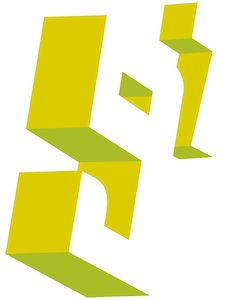About Design and AI Writings SxD Blog
Elements of Social Interaction Design
The designer's palette is what he or she works with. It includes not only tools but all the designer's skills and knowledge. Many of us design intuitively, working from a combination of best practices already tried and tested in the world of web 2.0, and personal tastes and methods. We have house styles, a look and feel, or craftsmanship with the mix of coding and web front end design languages such as css, ajax, dhtml and so on.
But all of this still needs to be informed by what users will do with it. And more: what all users will do with one another through it. That's where I hope that principles of SxD might come in.
Much of this is covered in greater detail in white papers posted here. So here's just an outline of the social interaction designer's palette.
SxD:The palette
- Design of the UI for social interface
- Design of the application for social interaction
- Design of communication for user generated content
- Design of navigation for social and cultural tastes
- Design of content modules for social navigation
- Design of interaction elements for social practices
- Design of media types for new forms of communication
- Design of interaction tools for new kinds of social practices
Contrary to conventional software design, social media can excel through excess, repetition, and dysfunction Functional dysfunction
Design can work for people even when it's dysfunctional from a software perspective. Social media have meanings and present user attitudes, interests, dispositions. Design need be no more rational than communication is rational, and in fact online markets, economies, and cultures can flourish even when they are riddled with redundancies and ambiguities.
- What functions is sometimes dysfunctional from a conventional software perspective
- Communication and interaction are more than efficiency, effectiveness, and success
- What is ambiguous compels
- What is withheld piques curiosity
- What is deferred sustains interest
- What is substituted feeds the imagination
- What is unclear solicits communication and help
